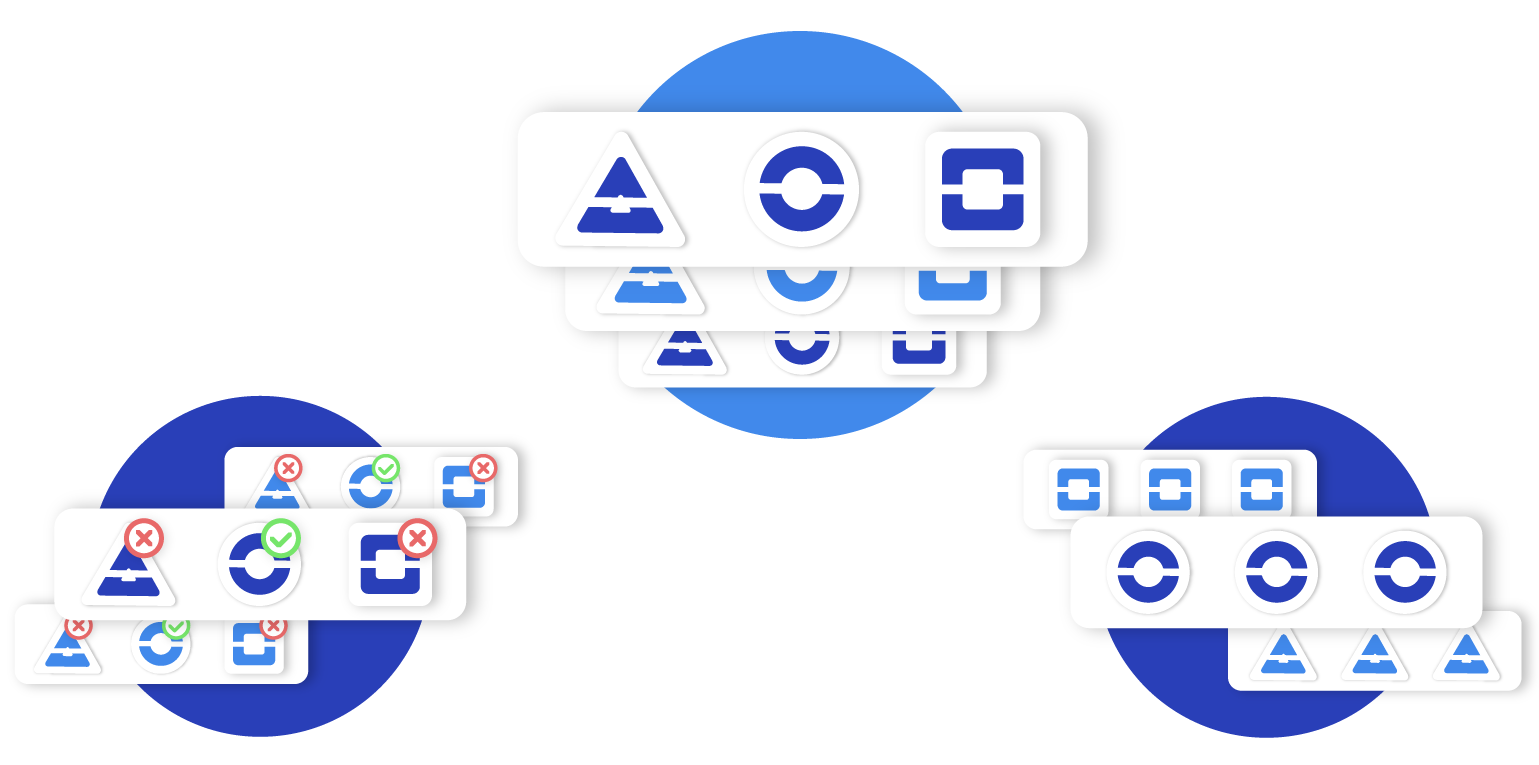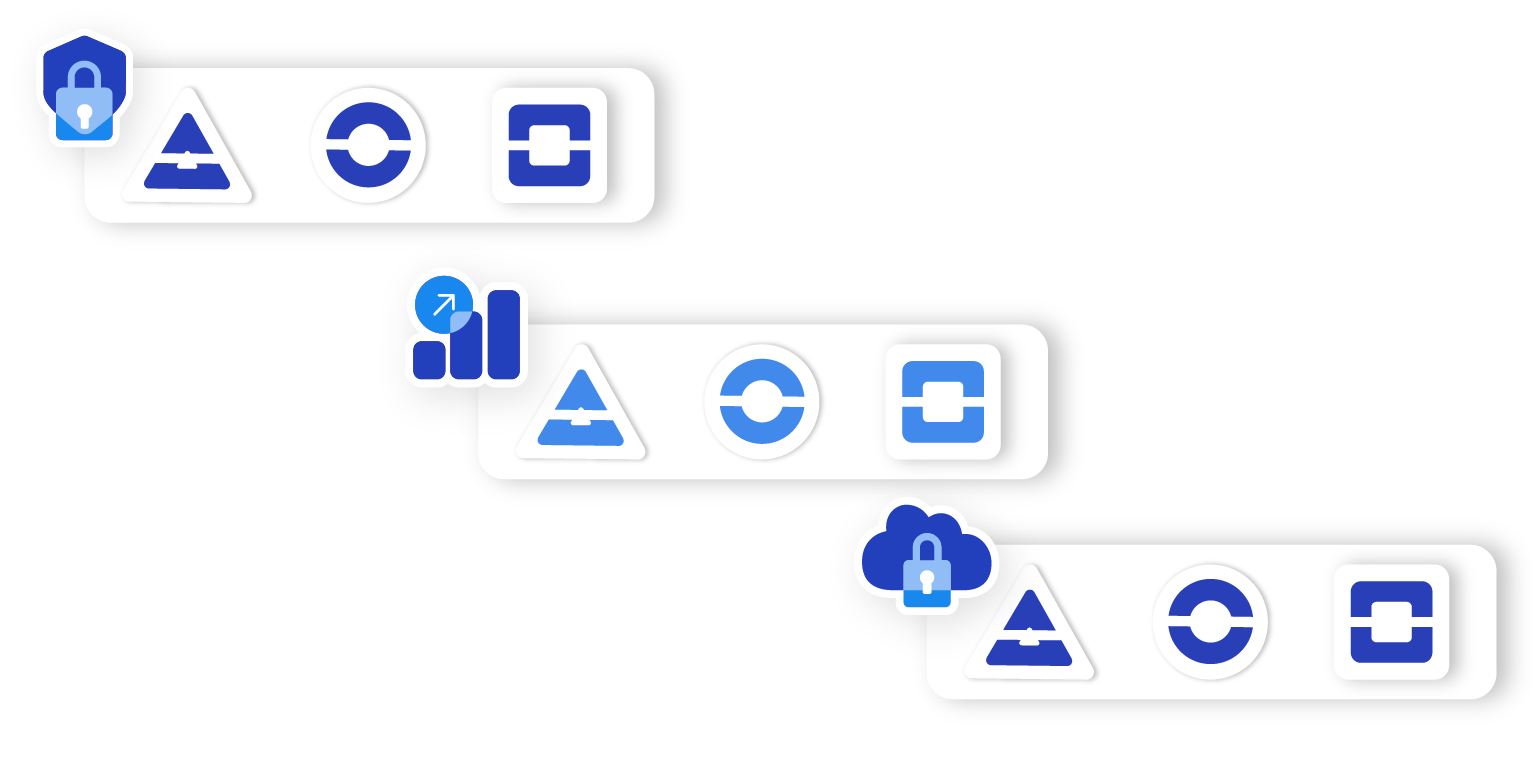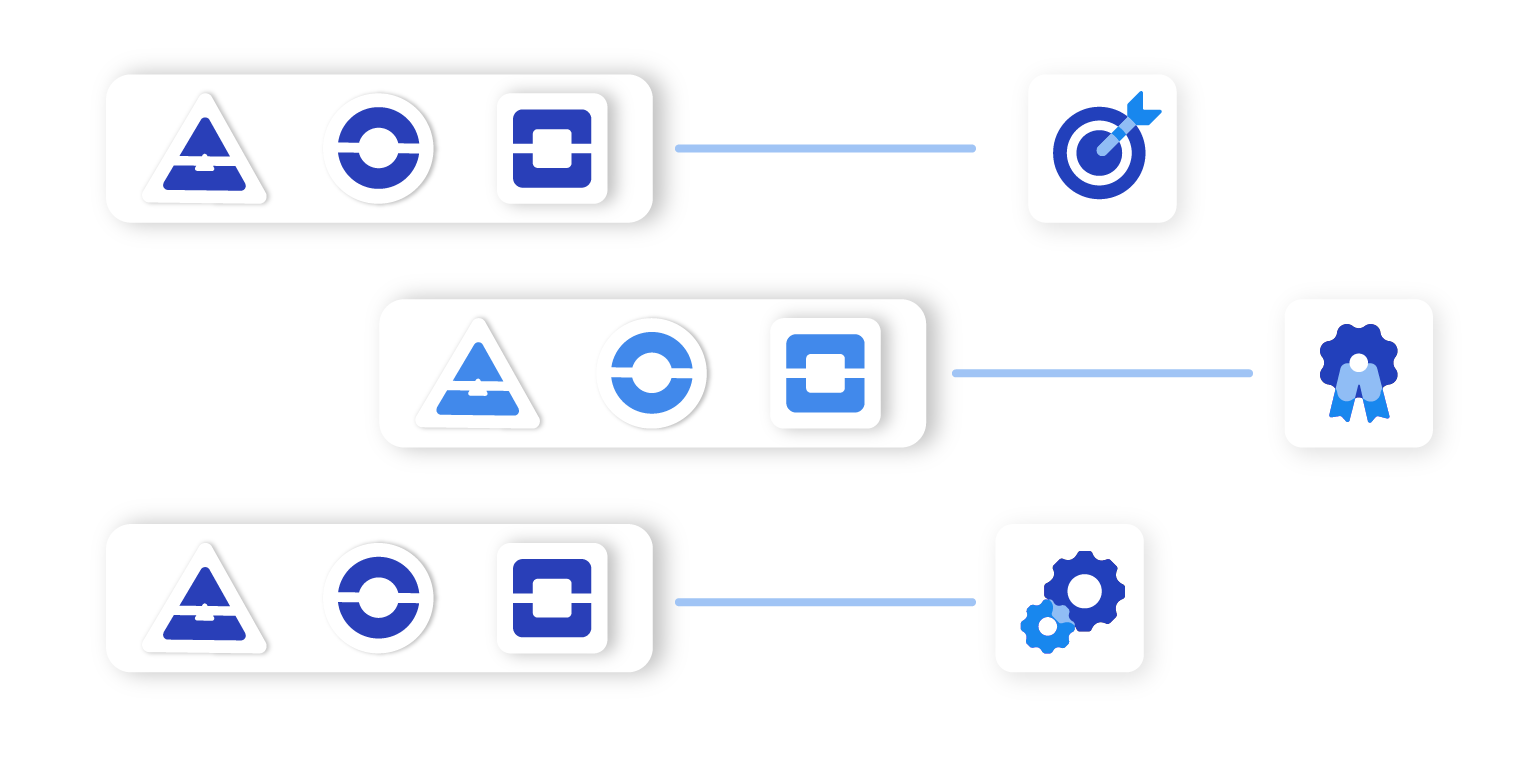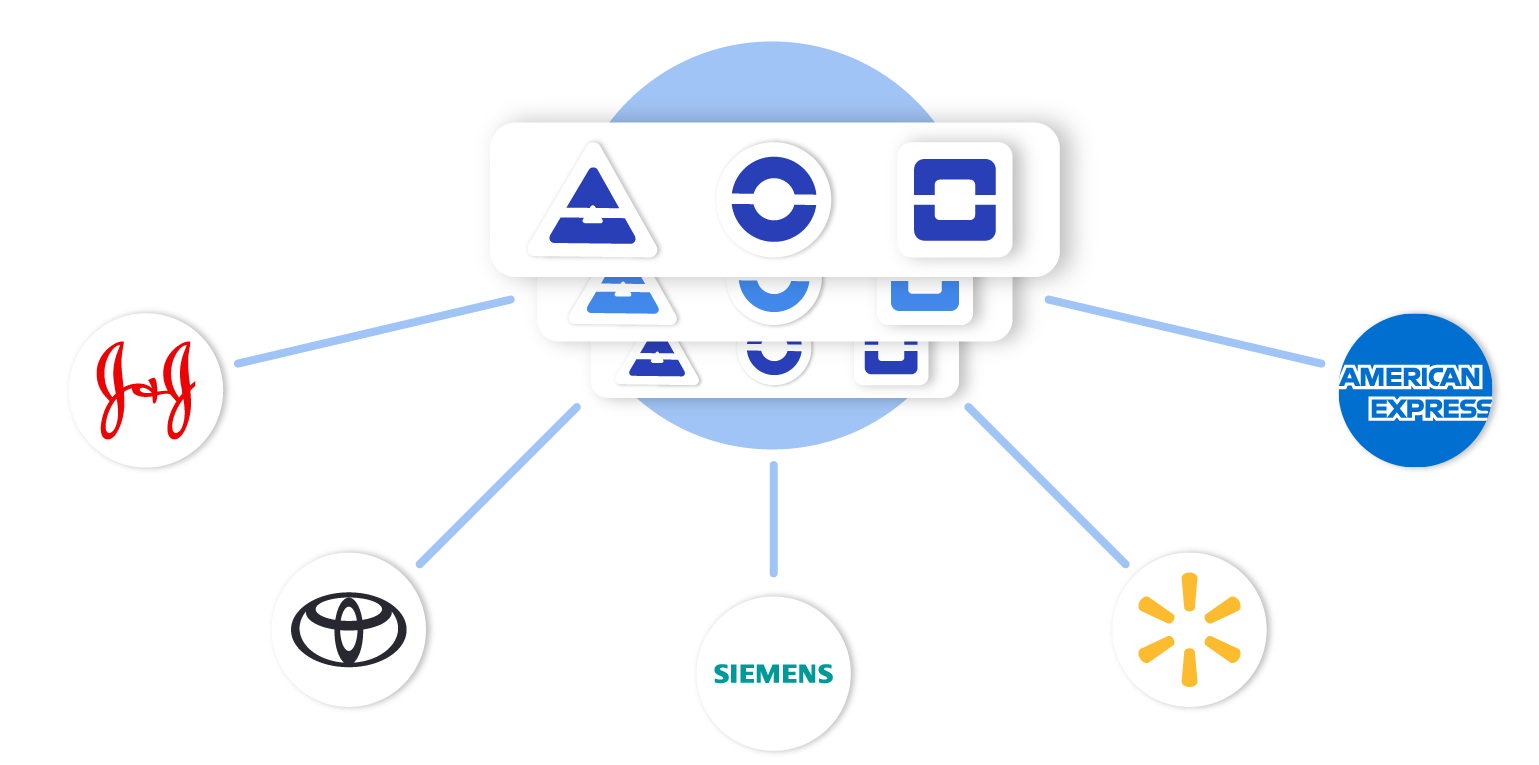Companies today struggle to handle the vast amounts of data that go through their systems. While data is crucial for business, without a clear plan to manage it, companies can’t make the most of what it has to offer. That’s where enterprise data management (EDM) comes into play.
EDM isn’t just about collecting data; it’s about organizing and using it to improve business decisions, streamline operations, and drive innovation. If you want to gain control over the swelling tide of data in your organization, you’re in the right place.
This article will cover the essentials of enterprise data management and how to effectively implement it in your organization. Whether you’re just getting started or looking to improve your existing data management strategy, this article will provide valuable insights and practical guidance to put your data to work for you.
Understanding Enterprise Data Management
Enterprise data management (EDM) is a strategic business practice that defines and manages an organization’s critical data and ensures everyone uses the same, accurate data. Its importance lies in its ability to support decision-making, enhance compliance, improve efficiency, and provide a competitive edge.
In modern businesses, the role of EDM is diverse. It consolidates data from various sources to provide a unified view, facilitating seamless communication and collaboration across departments.
By enforcing data quality standards, EDM ensures that data is accurate and reliable, supporting informed business decisions. It also helps businesses adhere to legal and regulatory requirements by maintaining data integrity and security.
In an era when data is a crucial driver of innovation, EDM allows extracting insights from data, fostering growth and competitive advantage. Furthermore, effective data management minimizes redundancy and errors, leading to cost savings.
Ultimately, enterprise data management acts as a backbone that supports various critical business functions, from decision-making to innovation and compliance, making it indispensable in modern businesses.
Key Components of an Effective Enterprise Data Management Strategy
An effective enterprise data management (EDM) strategy is vital for any organization that aims to make informed decisions, drive innovation, and remain competitive. This strategy encompasses various components that ensure data is handled in a way that aligns with the organization’s goals and complies with the necessary standards.
Below, let’s explore three key components that form the foundation of a robust EDM strategy.
Data Quality
Data quality is central to a successful enterprise data management strategy. It emphasizes the importance of accuracy, consistency, and relevance in data.
Accurate data ensures decisions are based on facts, while consistency across the data promotes reliability. Relevance, on the other hand, makes sure the data serves its intended purpose. Without these three pillars, the data may lead to misguided strategies and lost opportunities.
Data Governance
Data governance refers to the policies and procedures that ensure high data quality in an organization. It’s the guiding principle that lays down rules for data handling, usage, and security.
By setting clear standards and enforcing them through regular monitoring and reviews, data governance helps maintain the integrity and reliability of the data, giving confidence to all who interact with it.
Data Integration
Data integration is the process of bringing together data from various sources to provide a cohesive view. It’s like piecing together a puzzle; each piece may have its own value, but when combined, they form a complete picture that provides deeper insights.
This integrated view ensures that everyone in the organization works with the same information, leading to more aligned strategies and efficient operations.
Tools and Technologies in Enterprise Data Management
In the complex field of enterprise data management (EDM), various tools and technologies play essential roles in managing, storing, and analyzing data. From databases that store data to analytics tools that translate raw data into insights, these technologies are instrumental in enabling businesses to make data-driven decisions.
Databases
Databases are at the core of EDM, acting as repositories that store, organize, and manage data. They allow the secure and efficient retrieval of information, making it accessible to those who need it within the organization.
Whether customer information or sales data, databases provide a structured way to store this essential data for consistent and timely access, which is vital for daily operations and long-term strategic planning.
Data Warehouses
While databases focus on day-to-day data handling, data warehouses contribute to the organized storage of data over the long term. Data warehousing is like a vast library where historical data is archived and categorized. It’s not just about storage; it’s about providing a streamlined way to access vast amounts of information from various sources.
This organized approach helps businesses quickly retrieve and analyze data and facilitates better trend analysis and forecasting.
Analytics Tools
Analytics tools are the lenses through which businesses can interpret and use managed data. They take the raw information stored in databases and data warehouses and turn it into actionable insights.
From visualizing trends to predictive modeling, analytics tools enable organizations to see beyond the numbers, understand patterns, and make informed decisions that align with their goals and strategies.
Best Practices in Implementing Enterprise Data Management
Implementing enterprise data management (EDM) is not a universal solution task; it necessitates thoughtful preparation and coordination with business objectives, and adherence to legal regulations. It’s a continuous process that demands regular monitoring and maintenance.
Here are some best practices in implementing EDM that can help organizations manage their data effectively and efficiently.
Aligning with Business Objectives
Ensuring that enterprise data management aligns with the company’s goals is paramount. A well-implemented EDM strategy should be an extension of the organization’s mission and objectives.
To achieve this, businesses must involve key stakeholders in the planning stage, identify the specific data needs that support strategic goals, and develop a roadmap that links data management activities to business priorities.
Regular communication and collaboration between the data management team and other business units can further ensure that the EDM strategy stays aligned with the organization’s goals.
Ensuring Compliance
Complying with various privacy regulations like HIPAA, SOC 2, GDPR, and ISO 27001 is crucial. An effective EDM implementation requires a deep understanding of these regulations and how they apply to the organization’s industry and region.
This involves conducting regular audits, crafting clear data handling and security policies, training staff on compliance requirements, and implementing technology that can automate compliance monitoring. Taking these steps not only protects the organization from potential legal liabilities but also builds trust with customers and partners.
Regular Monitoring and Maintenance
Constant monitoring and timely updates are essential components of a successful enterprise data management strategy. Like a well-tuned engine, enterprise data management requires regular monitoring to ensure it performs optimally. This involves setting up systems that can detect and alert for any inconsistencies or breaches in data quality and security.
Regular maintenance activities, such as updating software, patching vulnerabilities, and reviewing access controls, should also be scheduled to keep the EDM system robust and reliable.
Case Studies: Success Stories in Enterprise Data Management
The successful implementation of enterprise data management (EDM) can transform how a company operates and delivers value to its customers. Here are real-world examples of companies that have harnessed the power of EDM to achieve remarkable success.
Toyota
Toyota used enterprise data management to improve its supply chain management. By ensuring accurate and consistent data across its global network, Toyota enhanced its production planning and inventory management, reducing lead times and increasing responsiveness to market demands.
Walmart
Walmart’s commitment to data quality and integration through enterprise data management has played a crucial role in its retail dominance. By efficiently managing data from suppliers, inventory, sales, and customers, Walmart has optimized its supply chain and offered highly competitive pricing.
Johnson & Johnson
Healthcare giant Johnson & Johnson used enterprise data management to ensure compliance with global healthcare regulations, such as HIPAA. By centralizing data management and enforcing strict data quality standards, it was able to streamline regulatory reporting and build trust with patients and providers alike.
American Express
American Express implemented enterprise data management to enhance customer service and fraud detection. Through sophisticated data analytics and integration, it was able to provide personalized offers to customers and detect suspicious activities more effectively, thereby strengthening customer relationships and trust.
Siemens
Siemens used enterprise data management to support its innovation initiatives across various industries. By creating a unified data platform, it was able to collaborate more efficiently on research and development, accelerating product development and delivering innovative solutions to the market faster.
Unlocking Success with Strategic Enterprise Data Management
The enterprise data management (EDM) landscape is both vast and intricate, encompassing data quality, governance, integration, compliance, and continuous monitoring. Its significance in modern business can’t be overstated; it’s not just a function but a strategic imperative.
Succeeding in enterprise data management means aligning with your company’s goals and being careful with legal rules. The right tools, continuous monitoring, and learning from others are key. There are risks, but the right approach brings great rewards.
With a deep understanding and a track record of delivering custom enterprise data management services, Kizen can be your partner in implementing an effective EDM strategy.
Don’t leave your data management to chance. Contact us today and let’s turn your data into a valuable asset for your business.












